



 Lecture
Lecture
Bio-based aerogels: new eco-friendly porous materials for thermal insulation and controlled release
The objective of the SIMS (SImulation des Matériaux et des Structures) cluster is to have good representations of the behavior and the breaking of materials in computation codes. There are therefore studies with a strong digital component including software development, and research conducted in collaboration with other teams, to compare the models developed with experimental results. Collaborations are done with many french or foreign teams.
This activity is based on the functional group that develops and maintains the computer resources of the Centre des Matériaux, in particular parallel computers.
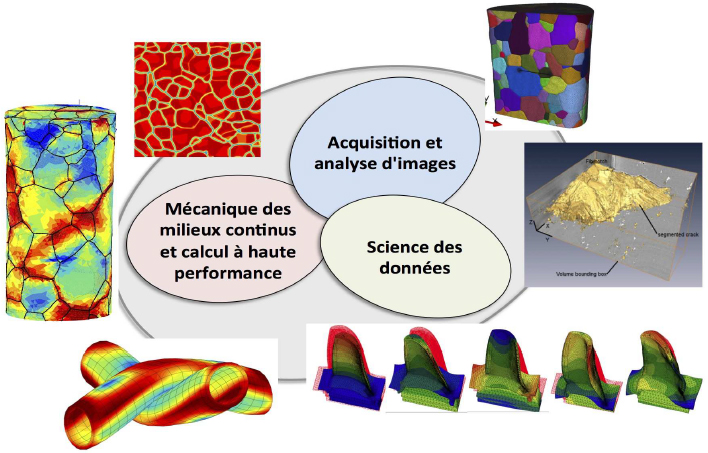
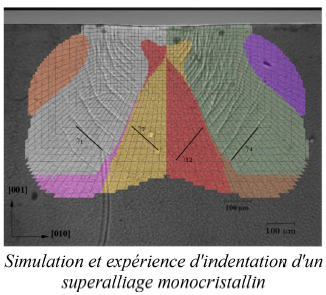
This theme highlights the interaction between different research axes such as : acquisition of 2D, 3D and 4D images, measurement of thermomechanical fields, image analysis and meshing from experimental images or derived from random models, the intensive computation, the reduction of the models and the processing of the massive data whether they are of experimental origin or generated by simulations. It concerns the development of numerical methods for data processing. For example, the reduction of non-linear models has largely been inspired by methods developed for image processing. In the hyper-reduction, a mechanical model defined on a reduced mesh makes it possible to have an estimate of a complete stress field.
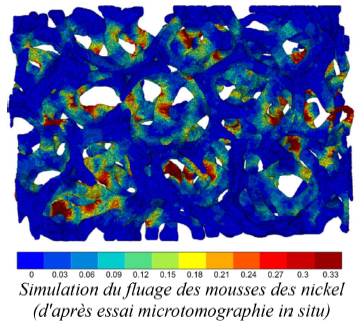 The tensorial representation of data is the appropriate formal framework to facilitate the comparison of these approaches. In the future, new collaboration protocols will be developed in the context of digital mechanics. This will concern the technological means implemented (means of acquisition, data storage, calculation, etc.), the numerical methods developed, but also the working methods including the training of technicians and engineers.
The tensorial representation of data is the appropriate formal framework to facilitate the comparison of these approaches. In the future, new collaboration protocols will be developed in the context of digital mechanics. This will concern the technological means implemented (means of acquisition, data storage, calculation, etc.), the numerical methods developed, but also the working methods including the training of technicians and engineers.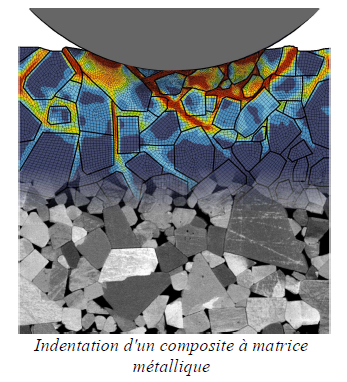
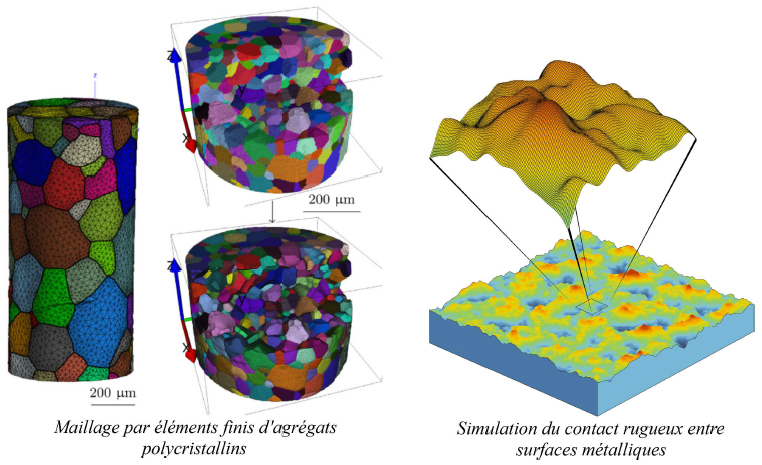
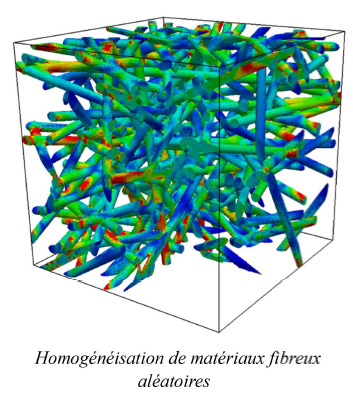 The elasto-visco-plastic constitutive laws of materials constitute today an arsenal applicable to the different scales of the engineer: industrial components of transport and energy where the efficiency of the formulation and the programming is at the first plan until the detailed description of the elements of matter, polycrystals and composites with complex morphologies.
The elasto-visco-plastic constitutive laws of materials constitute today an arsenal applicable to the different scales of the engineer: industrial components of transport and energy where the efficiency of the formulation and the programming is at the first plan until the detailed description of the elements of matter, polycrystals and composites with complex morphologies.
The multiscale approaches allow to build a hierarchy of models starting from the crystalline plasticity for metals to the multi-mechanism models of macroscropic plasticity. Validation of this corpus of laws involves confronting 2D, 3D and 4D field measurements : kinematic, temperature, elastic deformation and crystalline orientation or polymer chains.
The mechanics of generalized continuous media are used to describe the effects of scales on the viscoplasticity of metals and polymers : effects of grain sizes, precipitates, pores, etc. Finally, the method of phase fields coupled to mechanics aims to simulate the evolution of microstructures (phase changes, interface migrations and grain boundaries, oxidation, etc.) under mechanical stress.
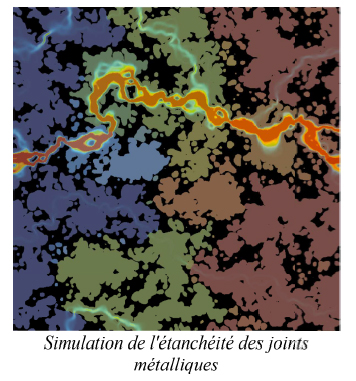
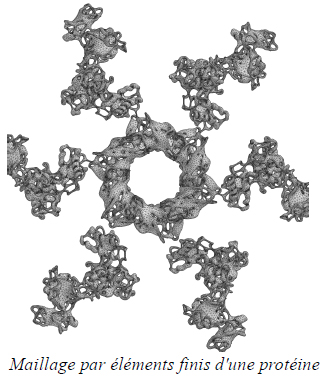
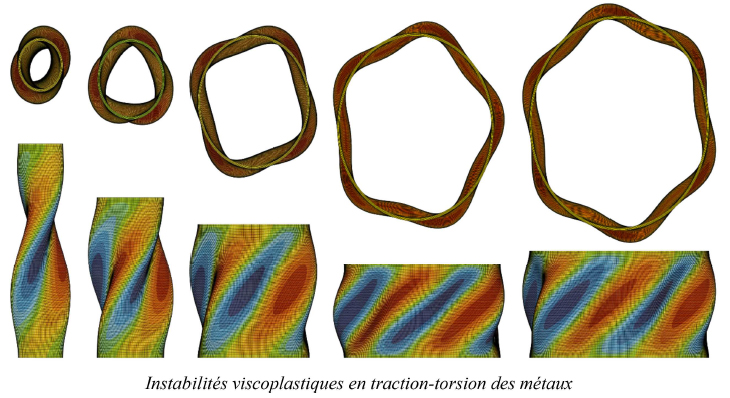
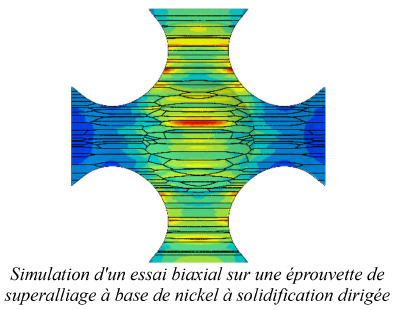 Excessive monotonic or cyclic deformation and the aging of materials and structures lead to the development of instabilities ranging from necking to localization in shear bands or of Portevin - Le Chatelier, to finally lead to rupture. The detection of these modes and the simulation of post-bifurcation and crack propagation states require regularization methods based on the mechanics of generalized continuous media (micromorphic approach of plasticity and gradient damage).
Excessive monotonic or cyclic deformation and the aging of materials and structures lead to the development of instabilities ranging from necking to localization in shear bands or of Portevin - Le Chatelier, to finally lead to rupture. The detection of these modes and the simulation of post-bifurcation and crack propagation states require regularization methods based on the mechanics of generalized continuous media (micromorphic approach of plasticity and gradient damage).
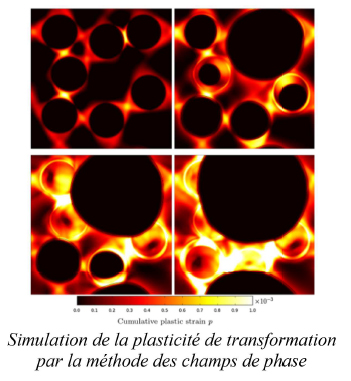
The transition from location to crack initiation and propagation remains a major difficulty, even if the recent advances validated by the confrontation with 2D and 3D kinematic field measurements show the relevance of the laws of behavior and damage developed. These modes of instability are also present within the microstructure of materials. The question of transmitting microscopic instabilities to macroscopic localization is largely open today. Understanding these mechanisms will optimize the architecture of the materials.
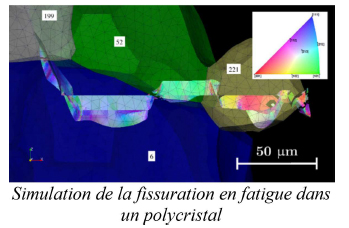
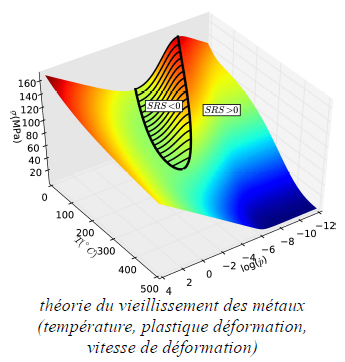

A new version of the COLD SPRAY CLUB website is now…
The COLD SPRAY CLUB concerns laboratories, technology…
> En savoir +

Formation
A MINES ParisTech PhD student awarded at the…
Josiane Nguejio, PhD student at Centre des Matériaux…
> En savoir +

Recherche
The FEMS Lecturers 2014-2015 include Henry PROUDHON
Lecturer Series This is a scheme which sponsors selected…
> En savoir +

Recherche
award for a team of Centre des Matériaux
Nicolas Gueninchault who work in teams M2 and COCAS with Henry…
> En savoir +
Recherche
The SF2M award three medals to doctors of the centre des…
The medal Réaumur is given by SF2M, each two…
> En savoir +
